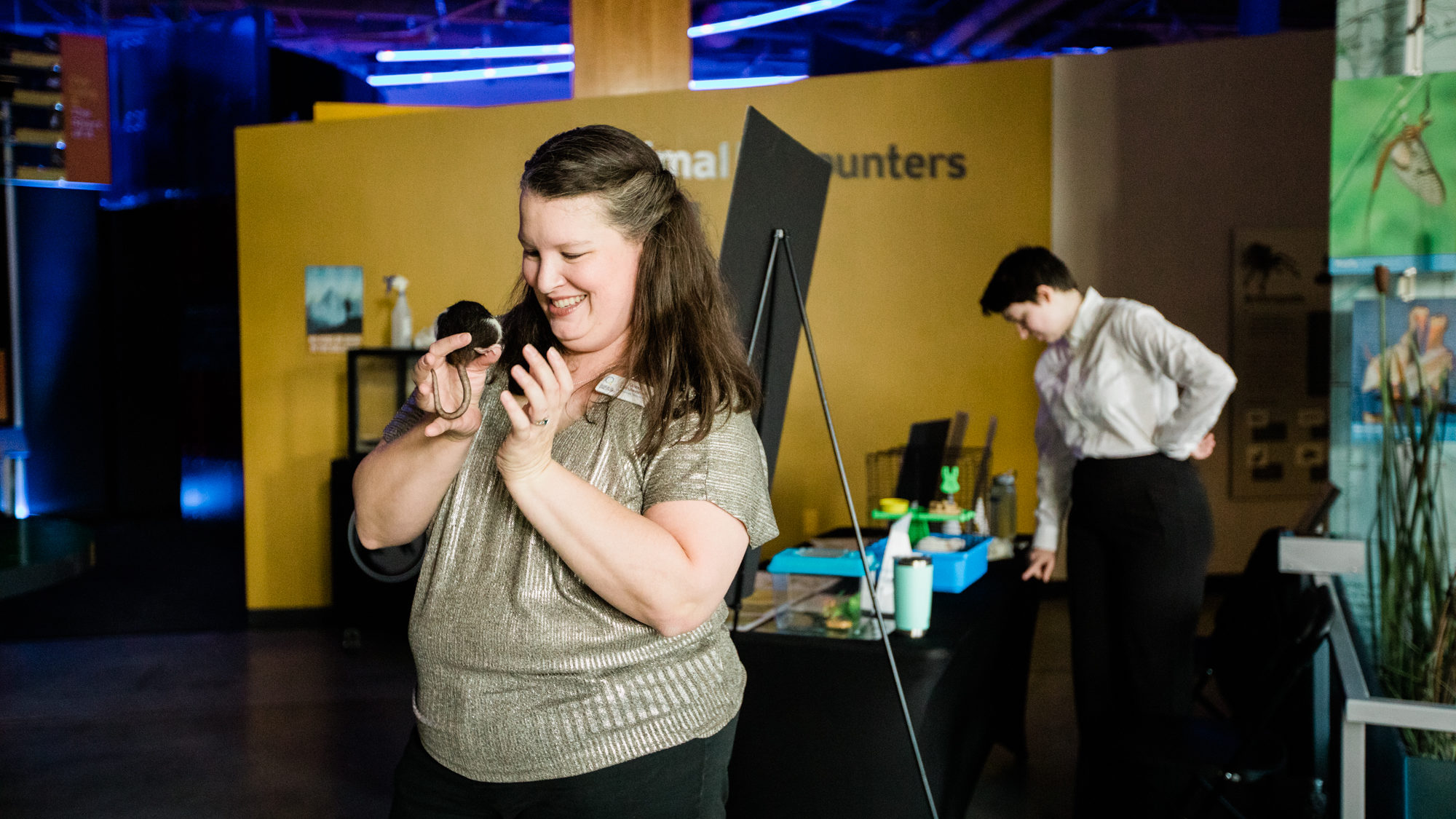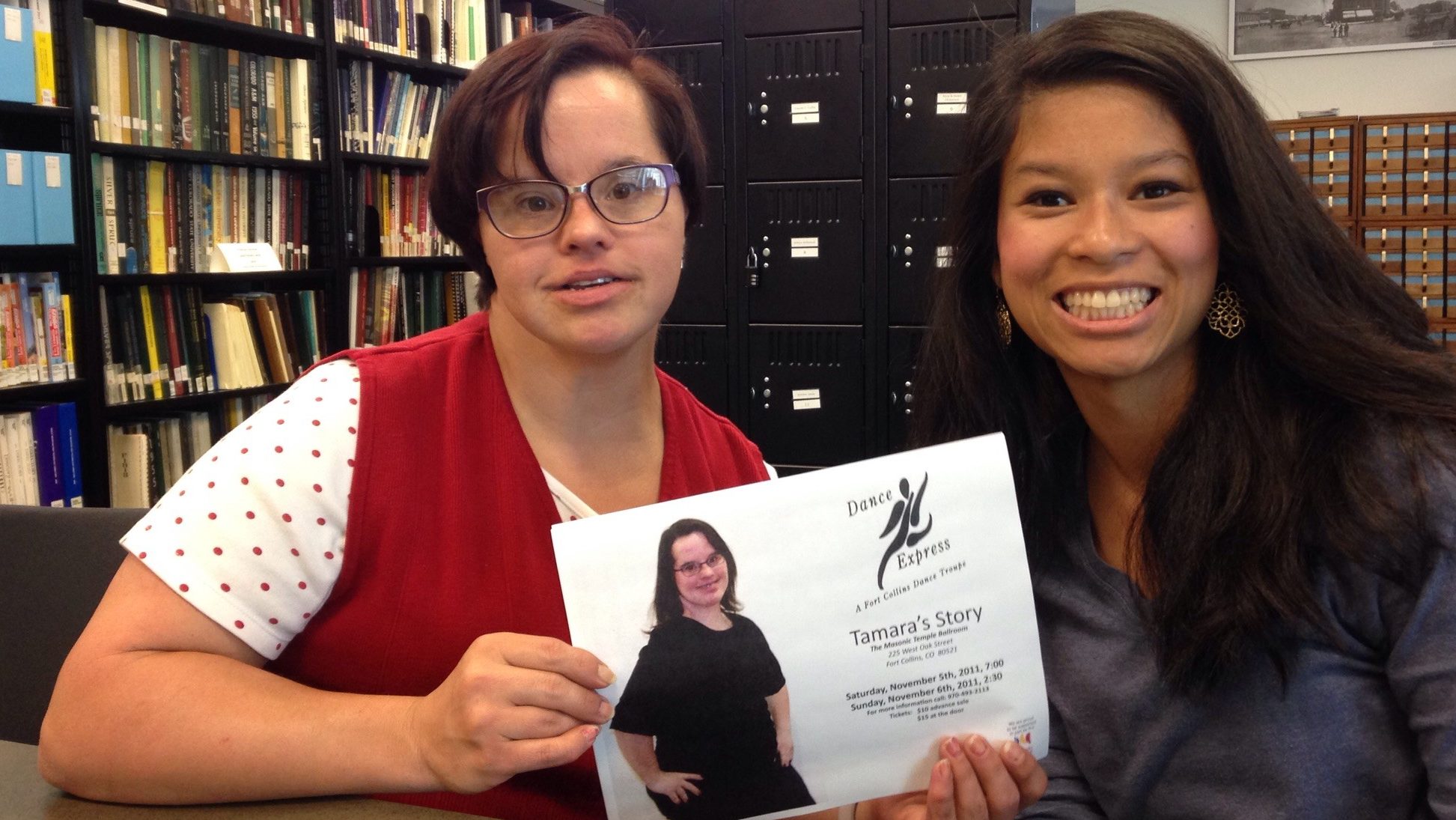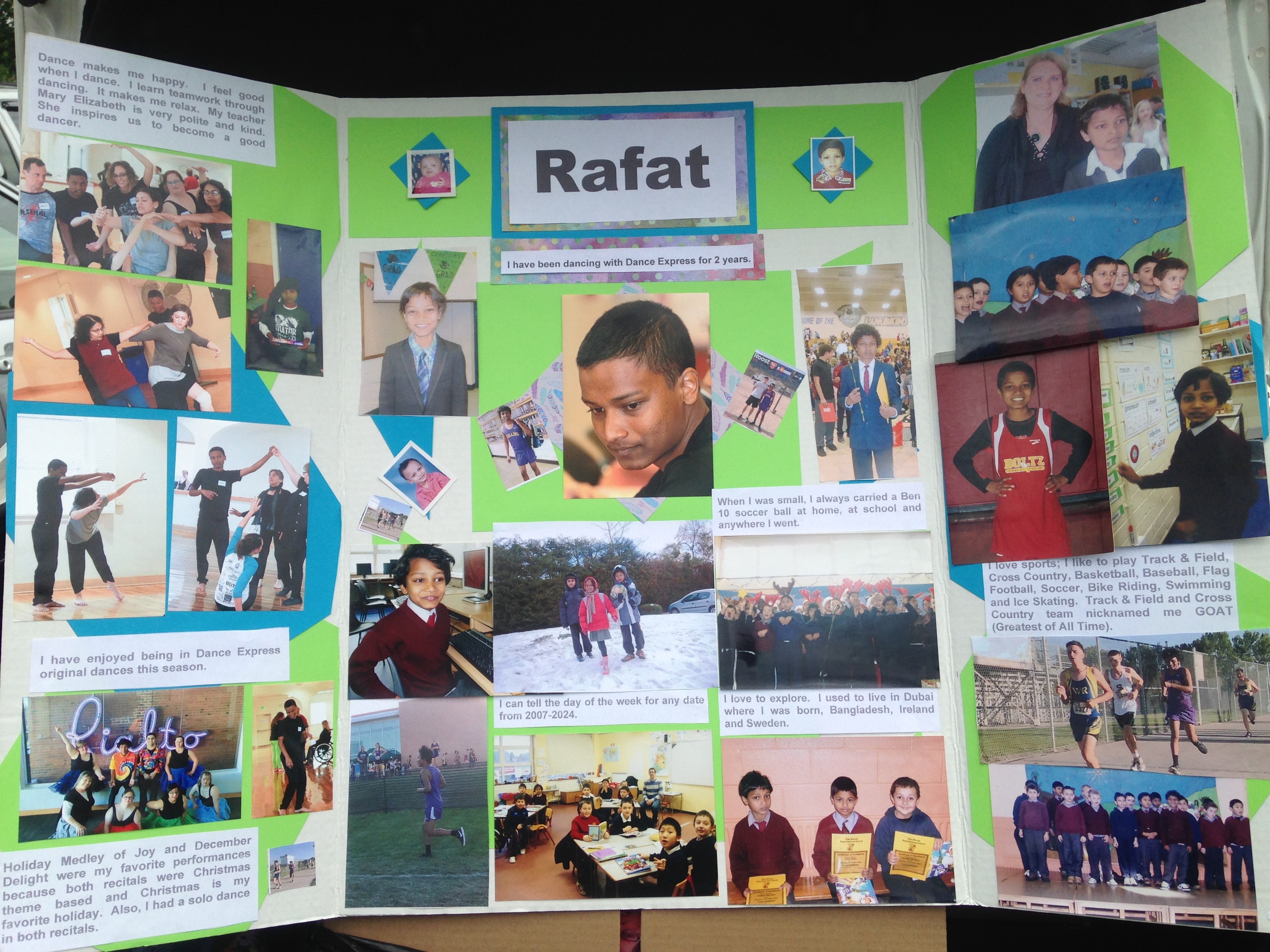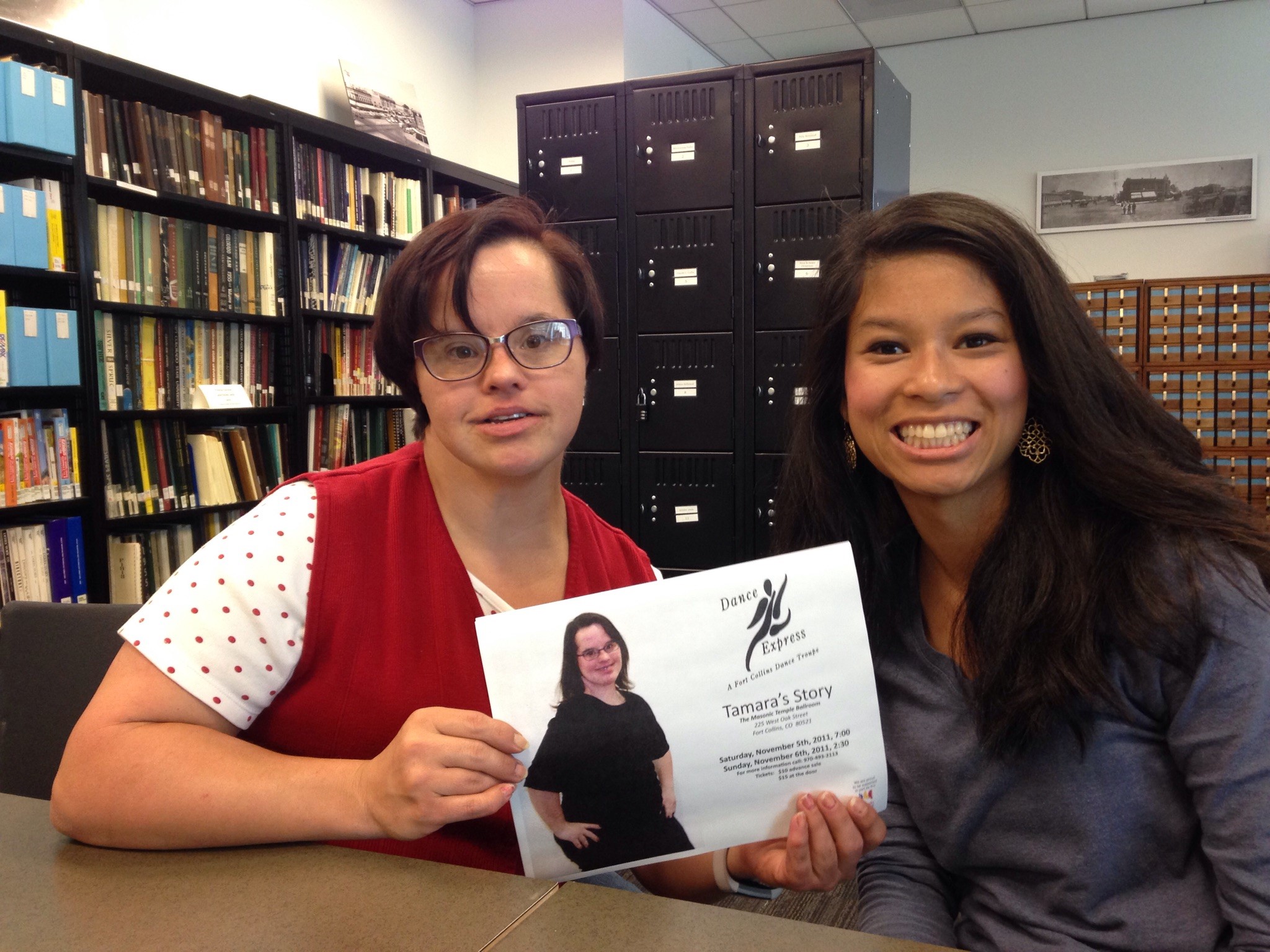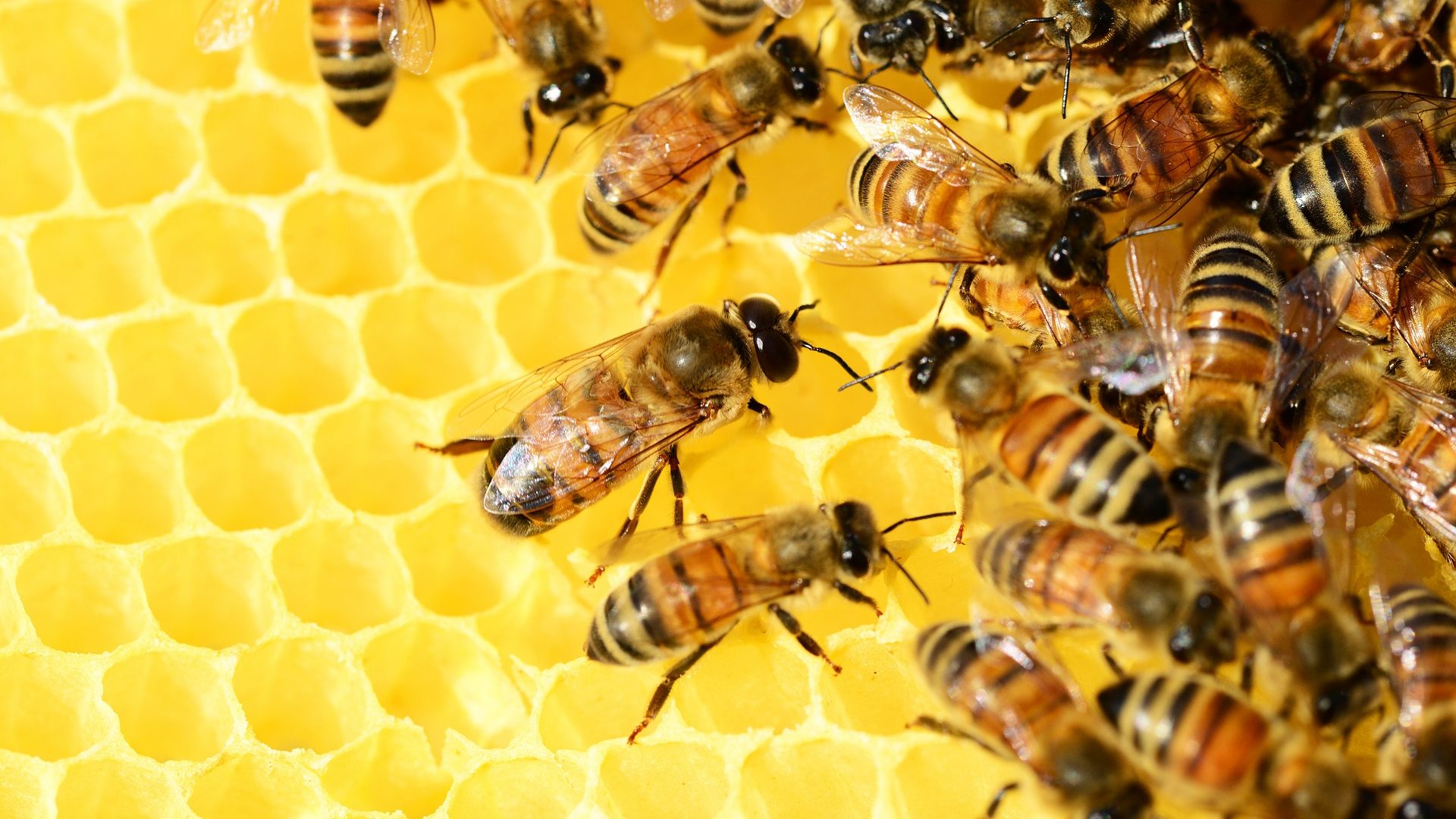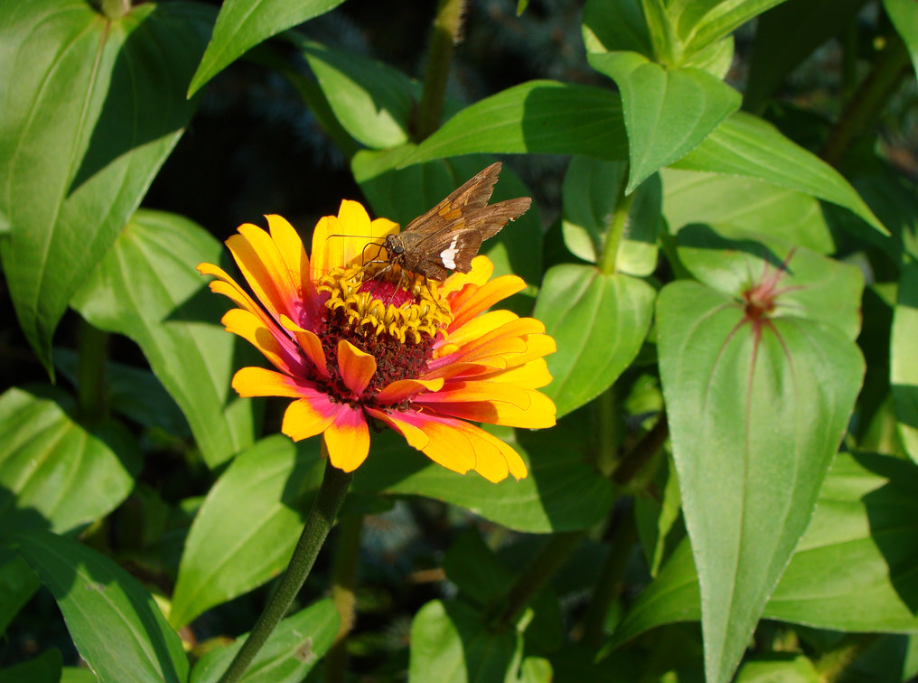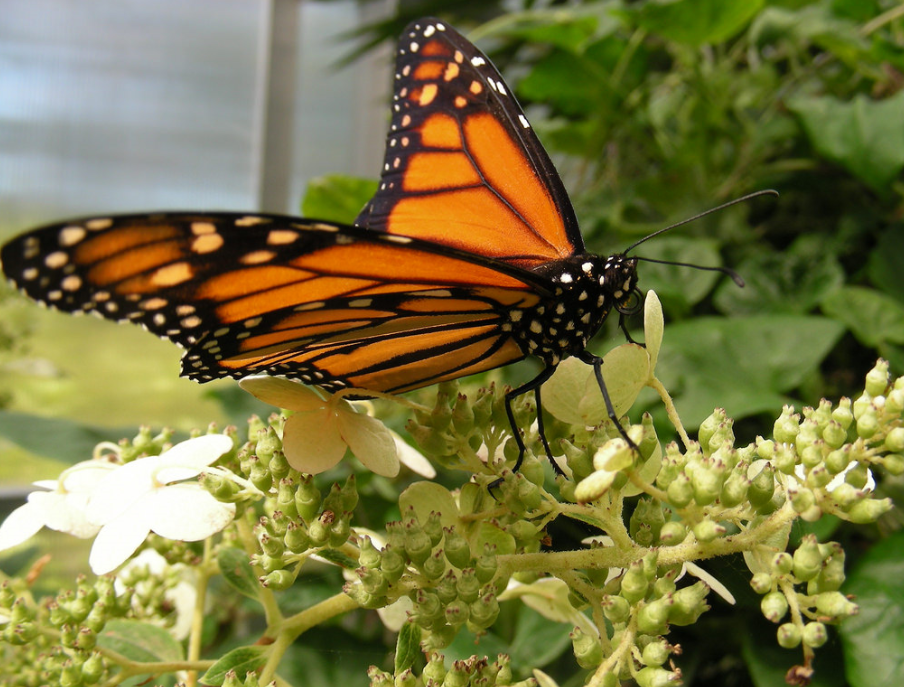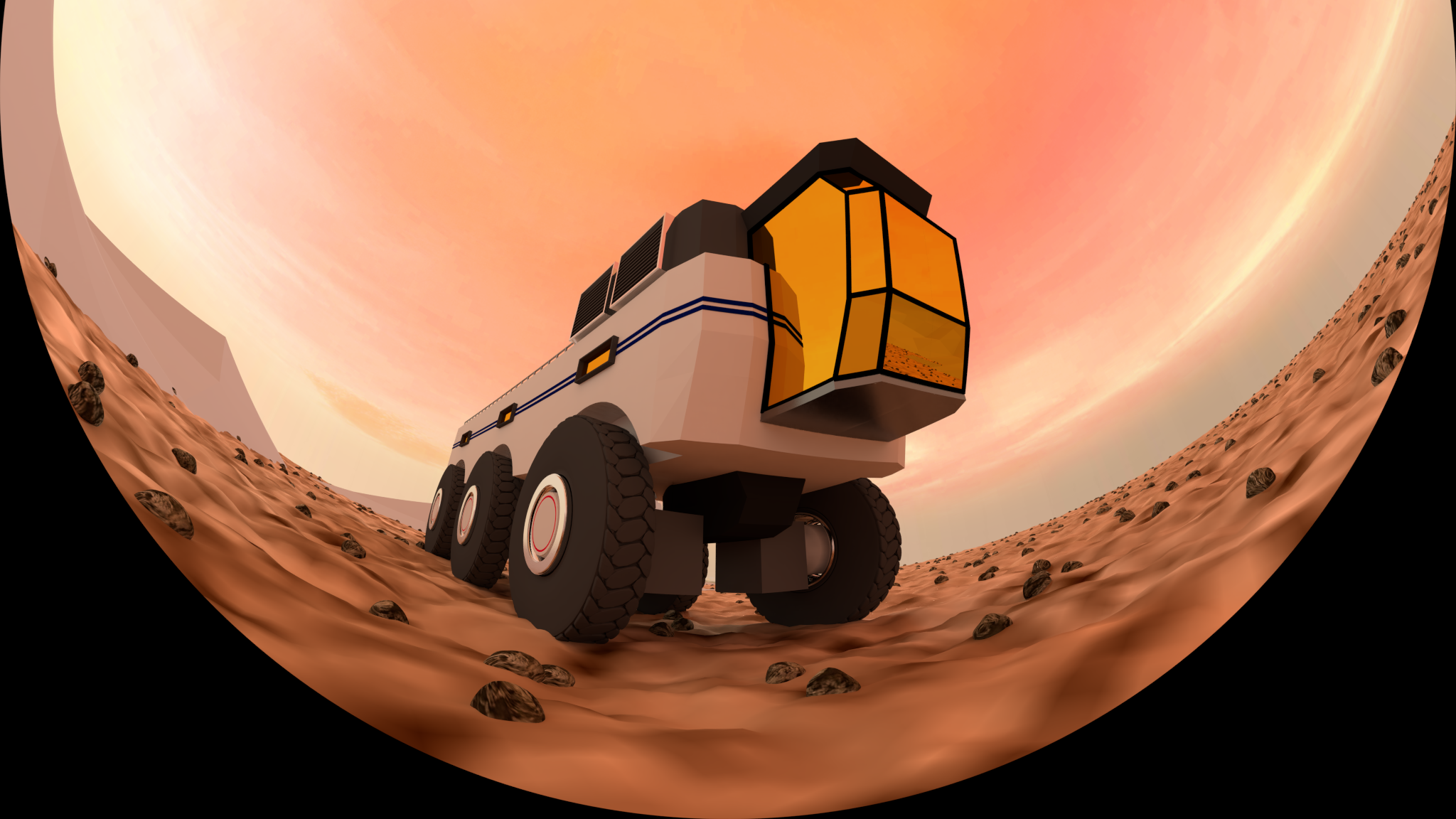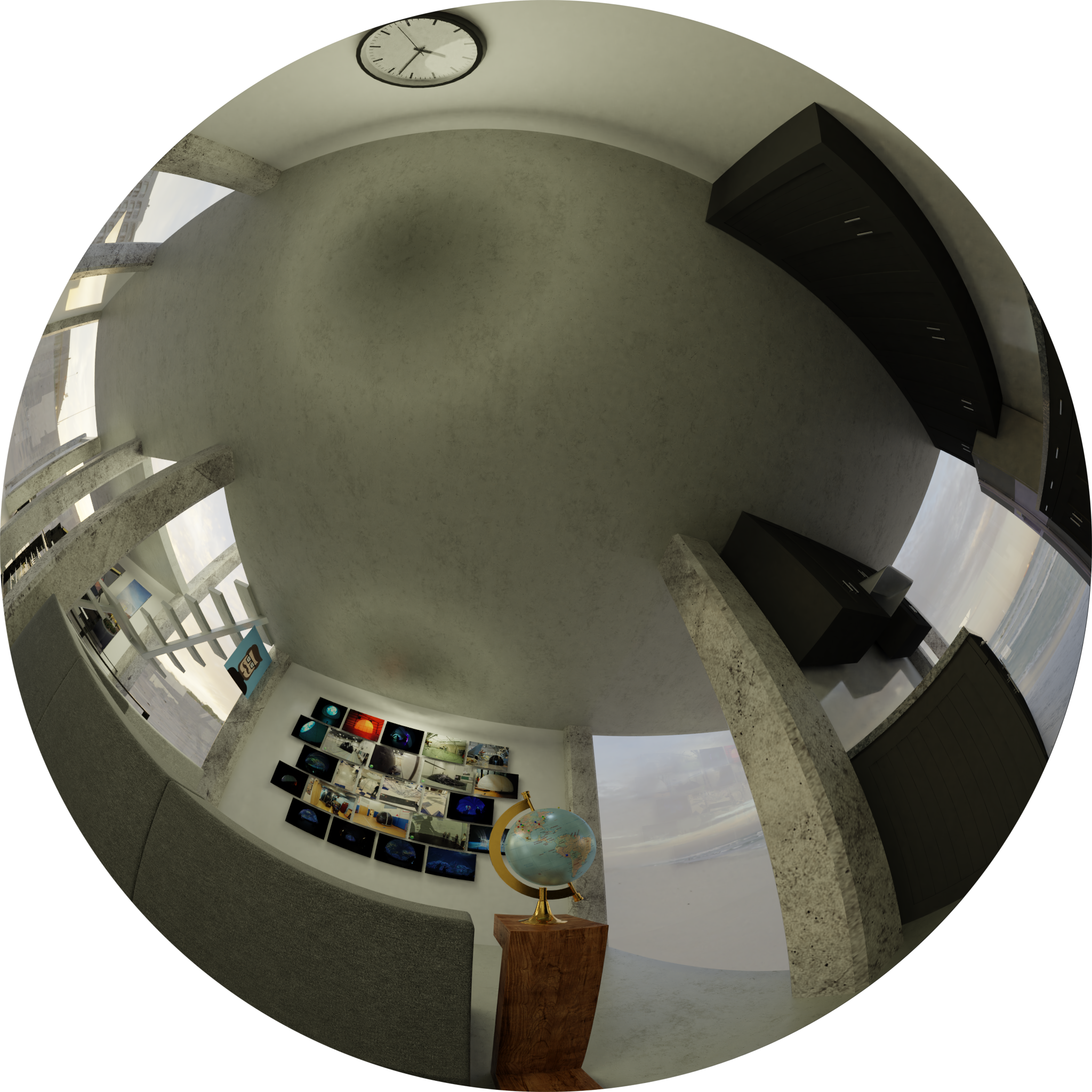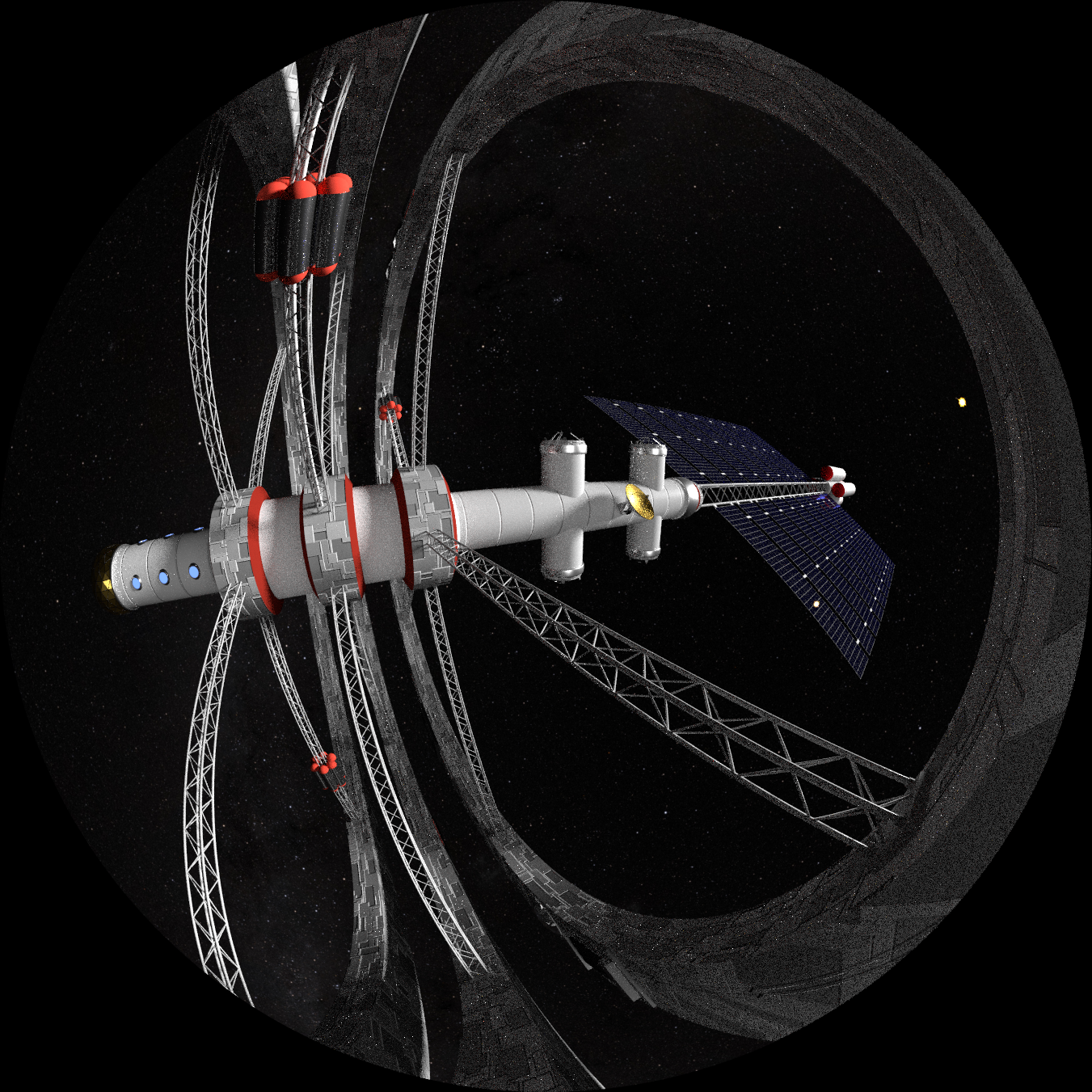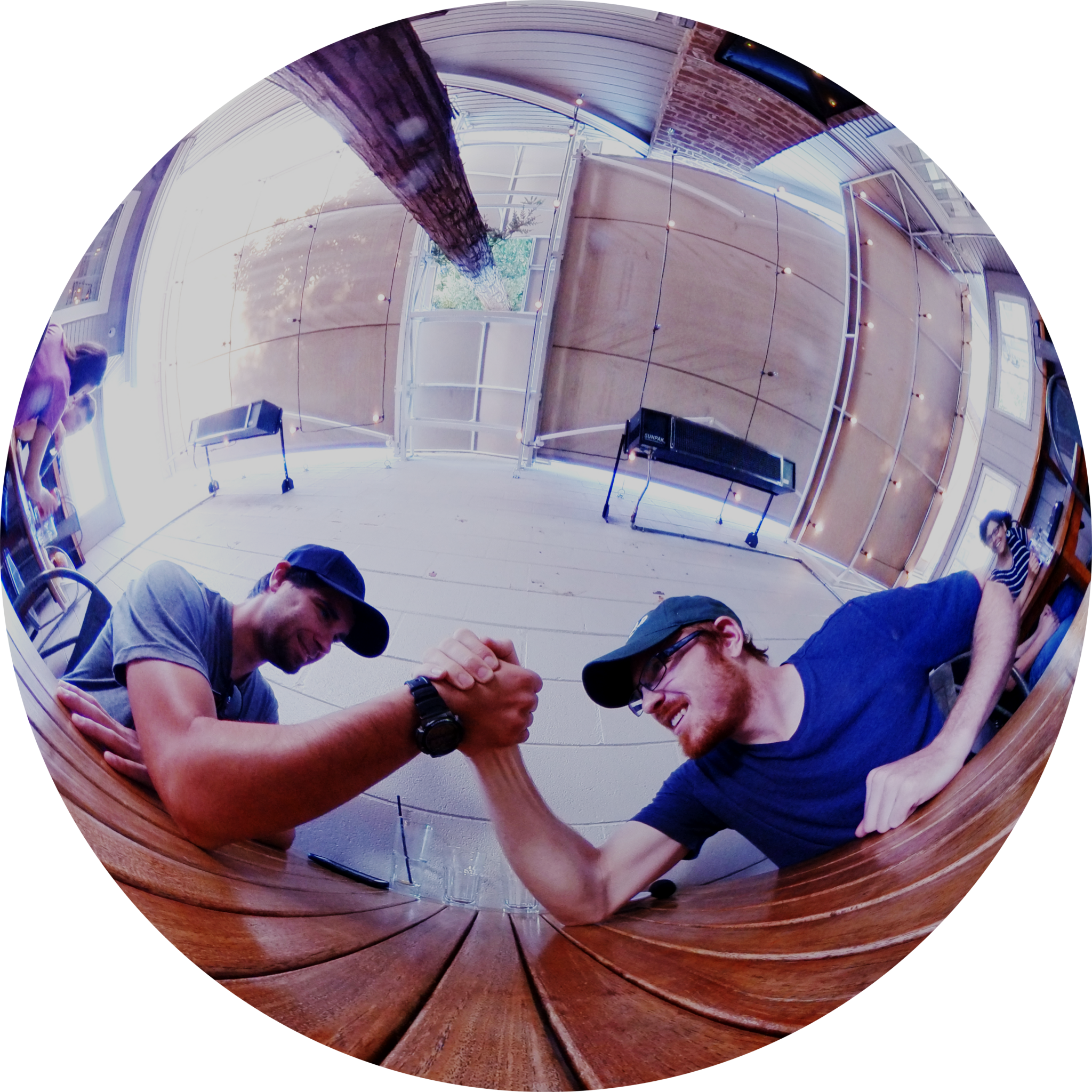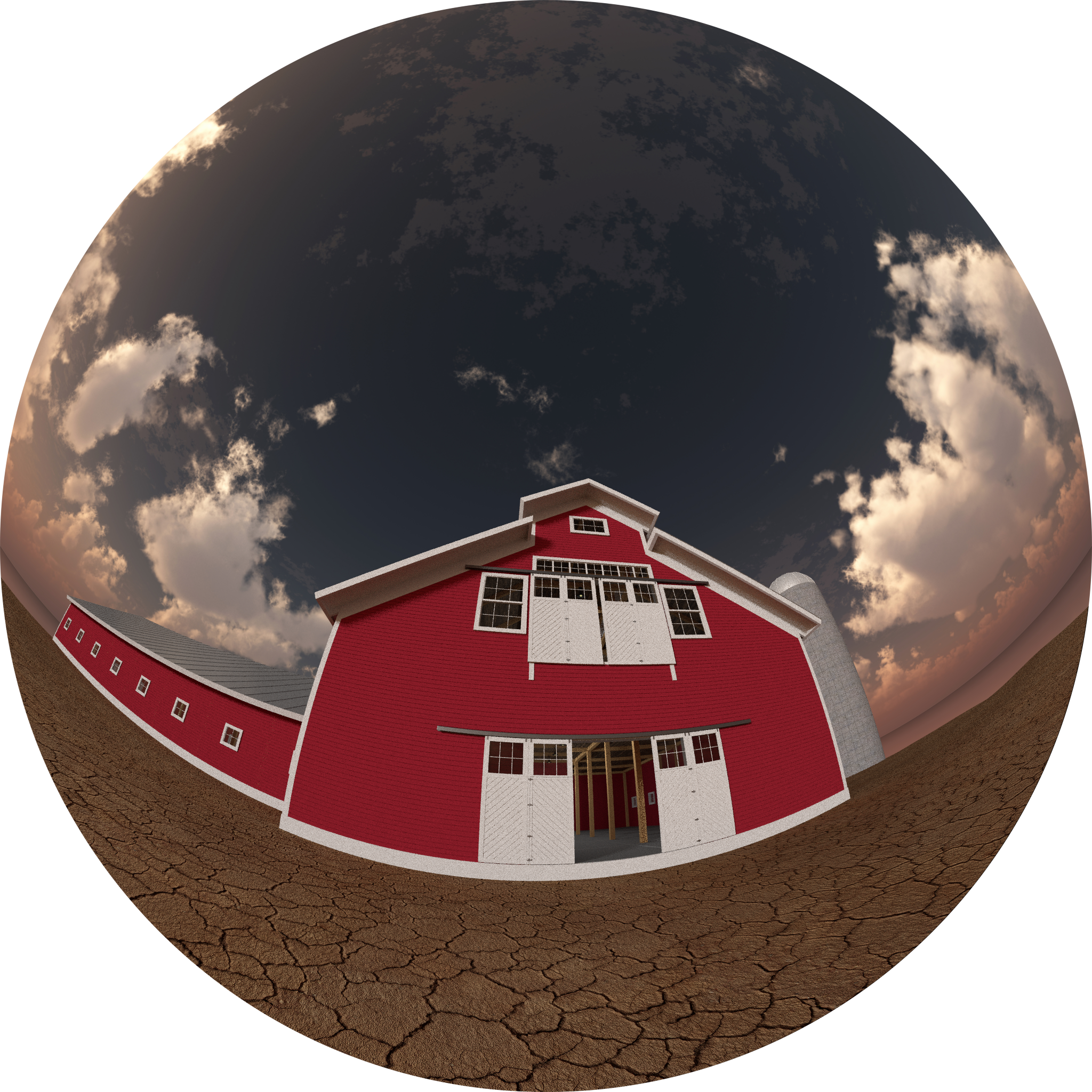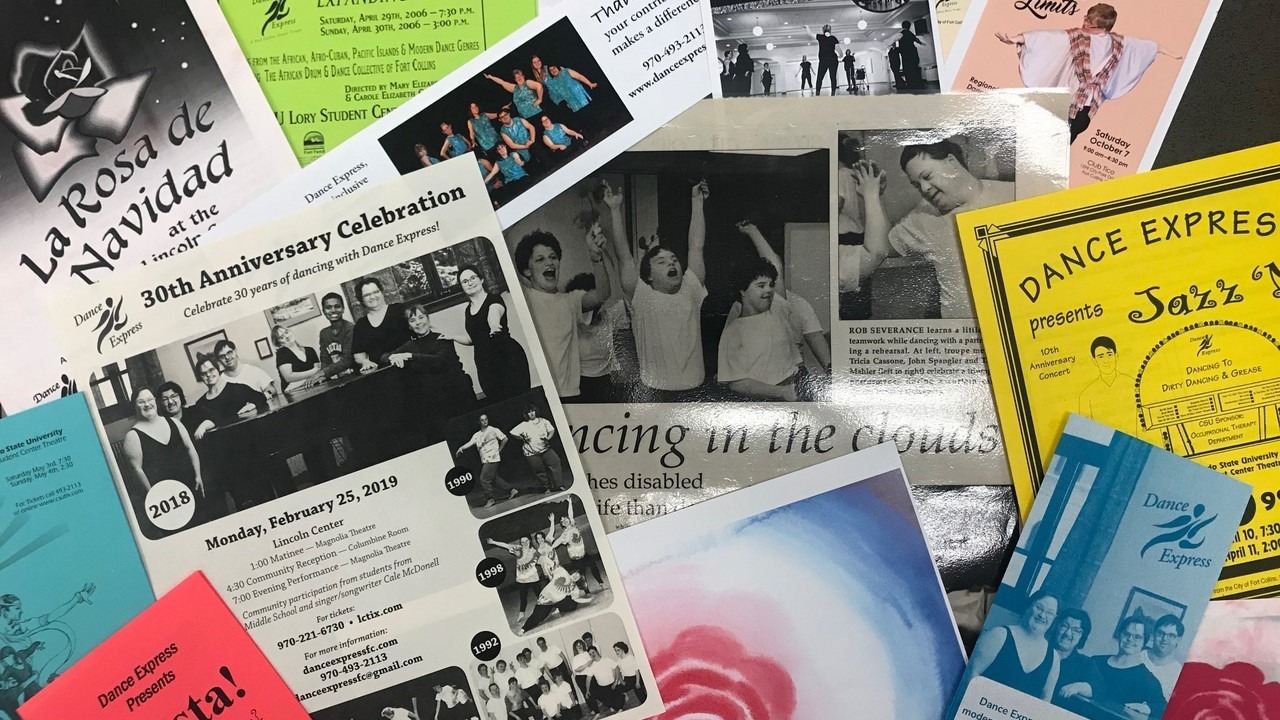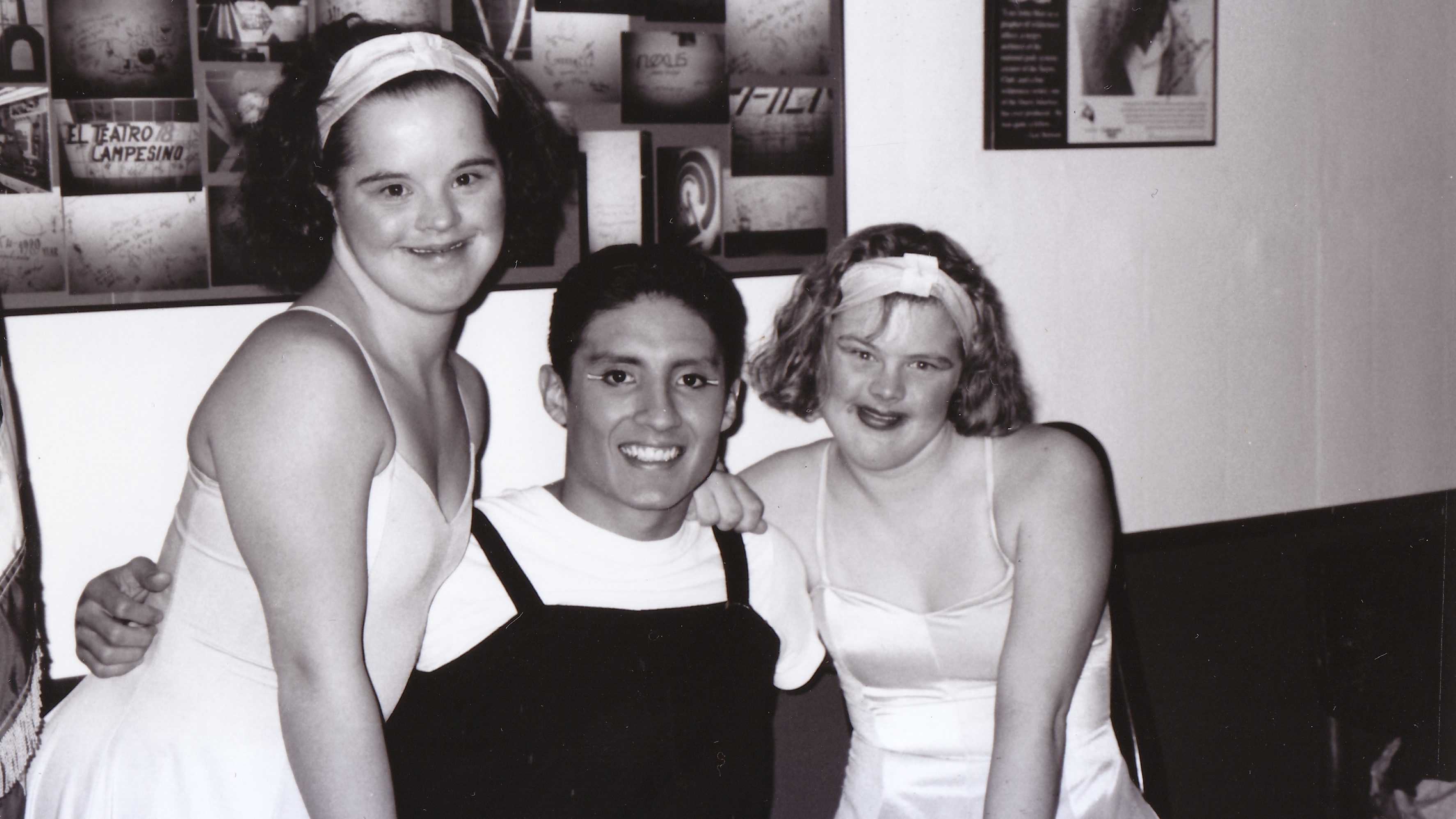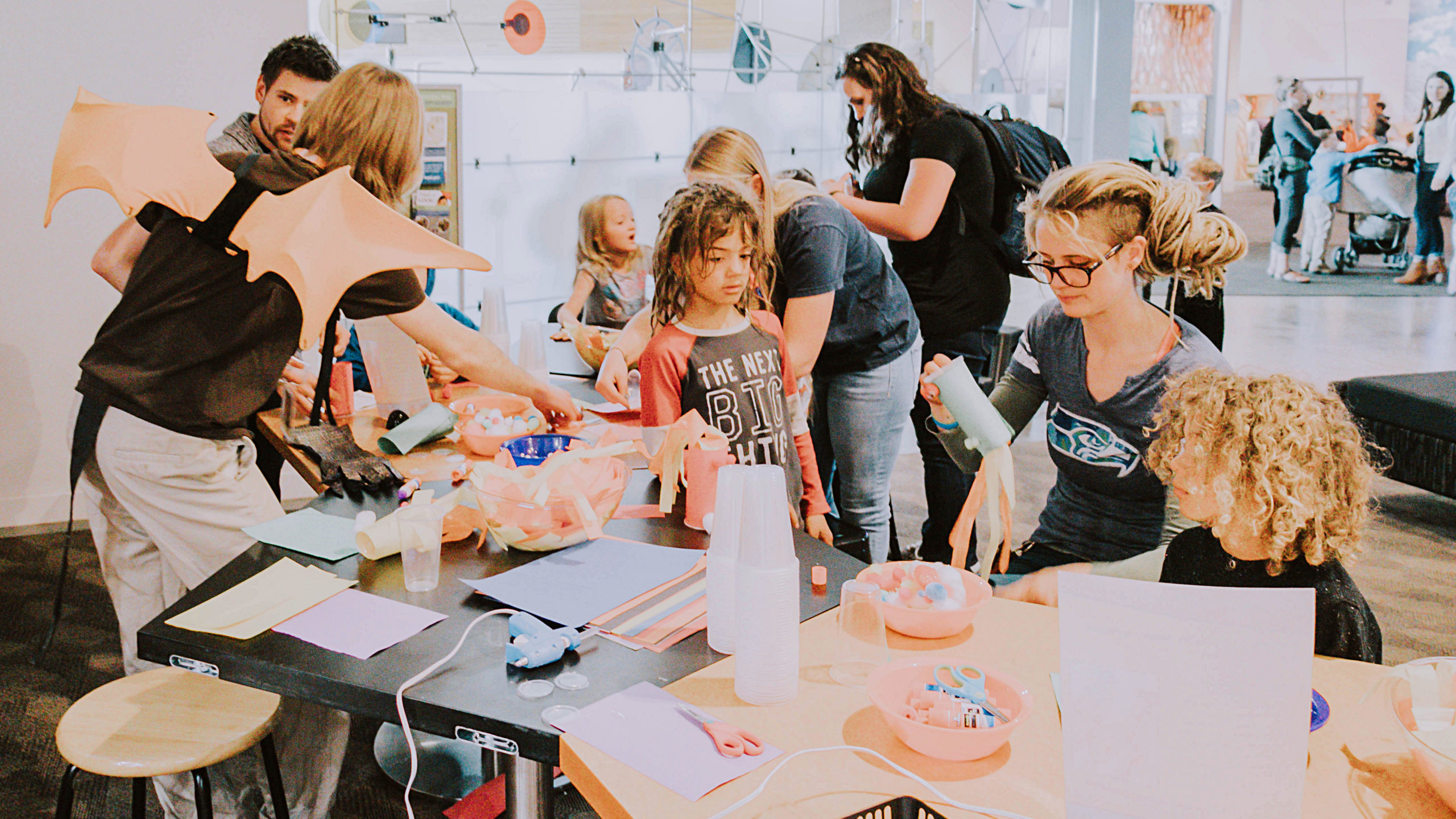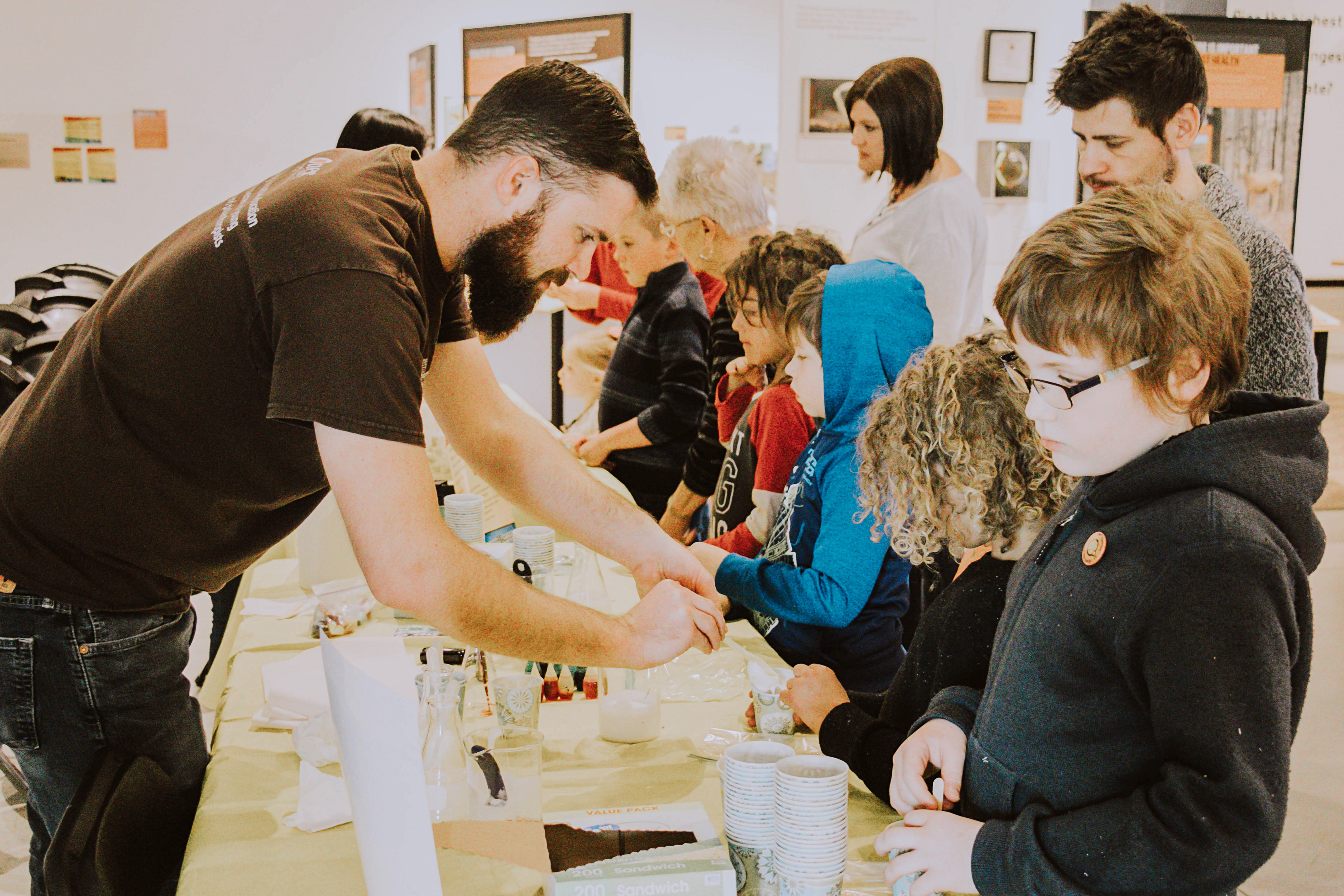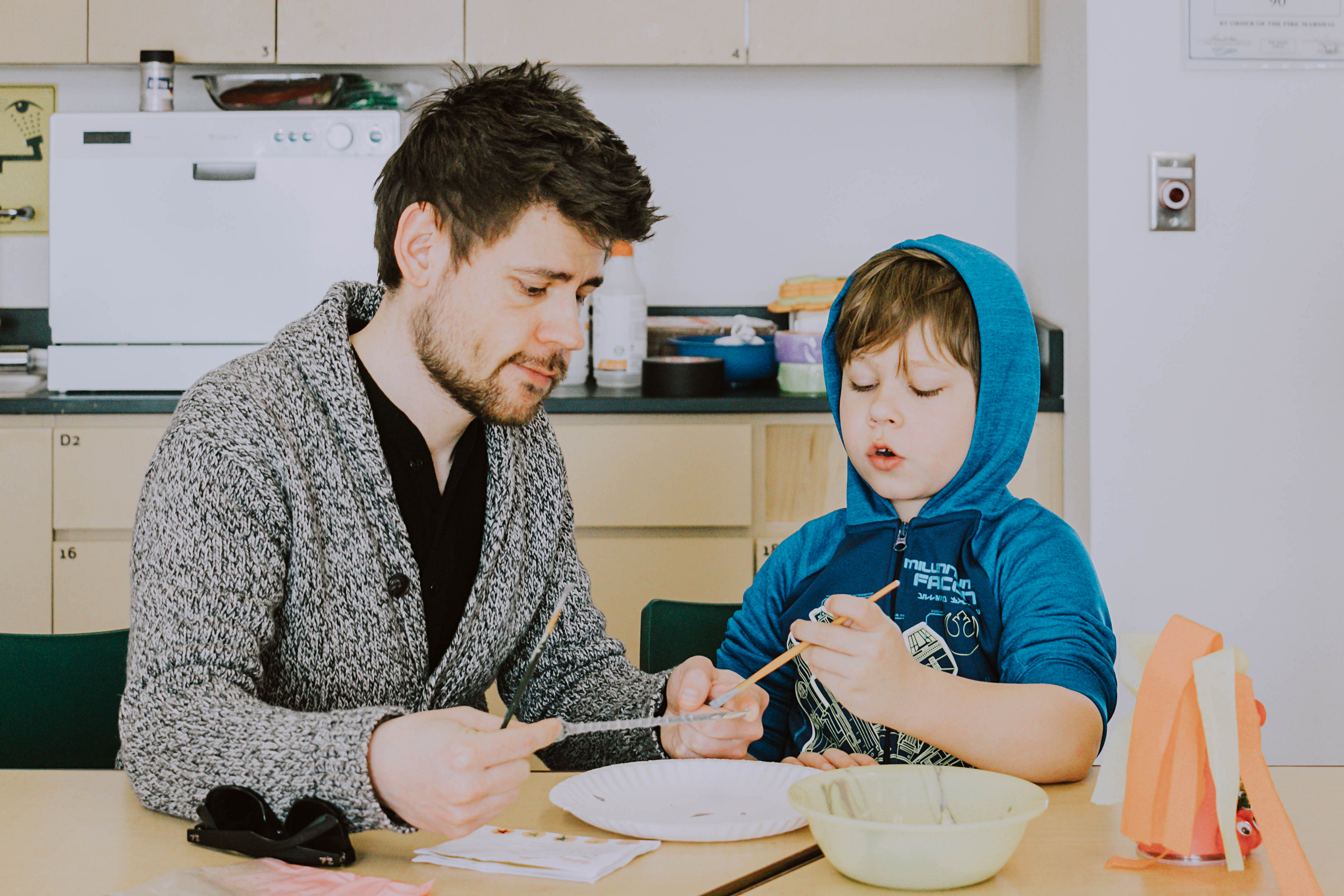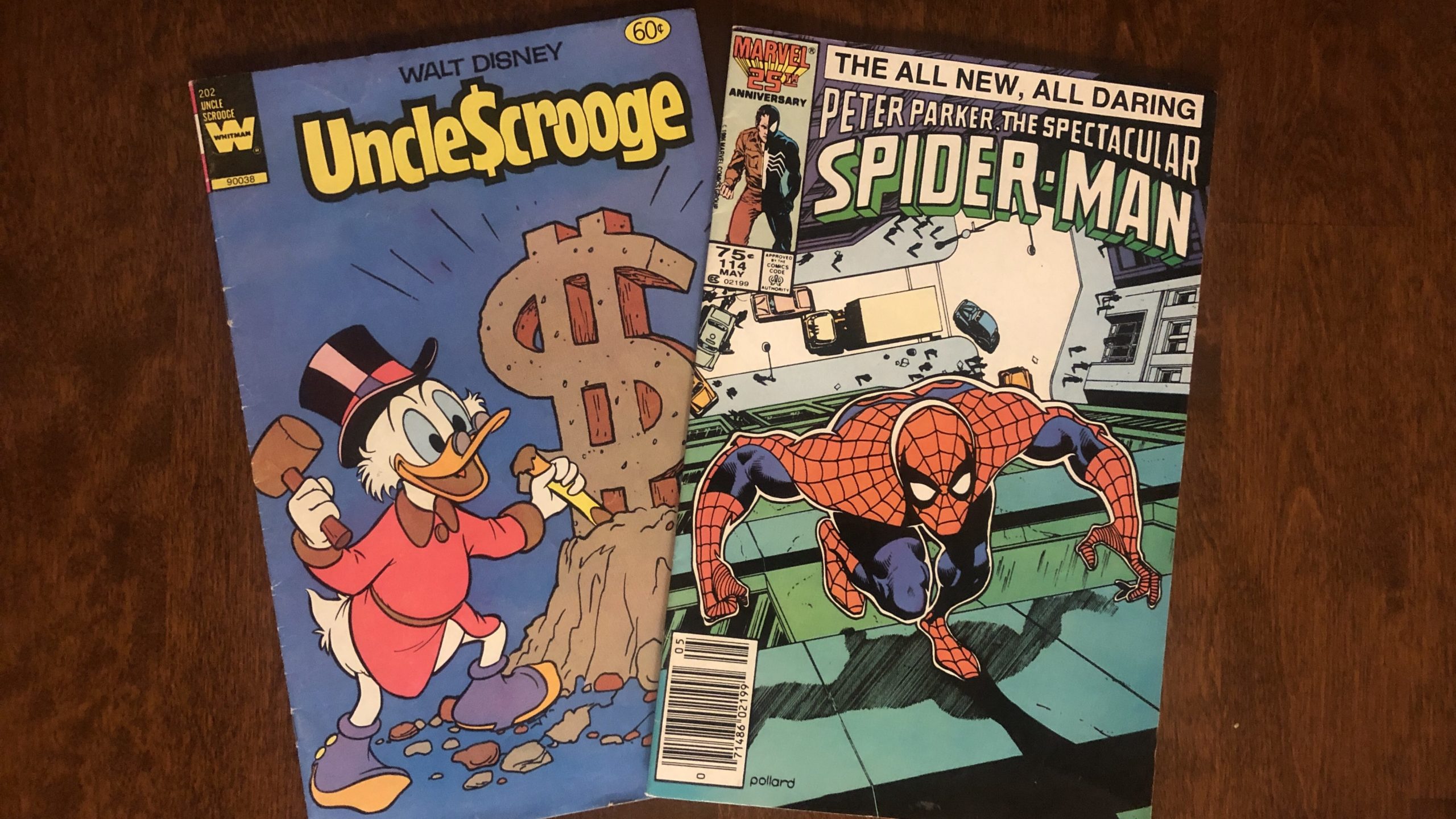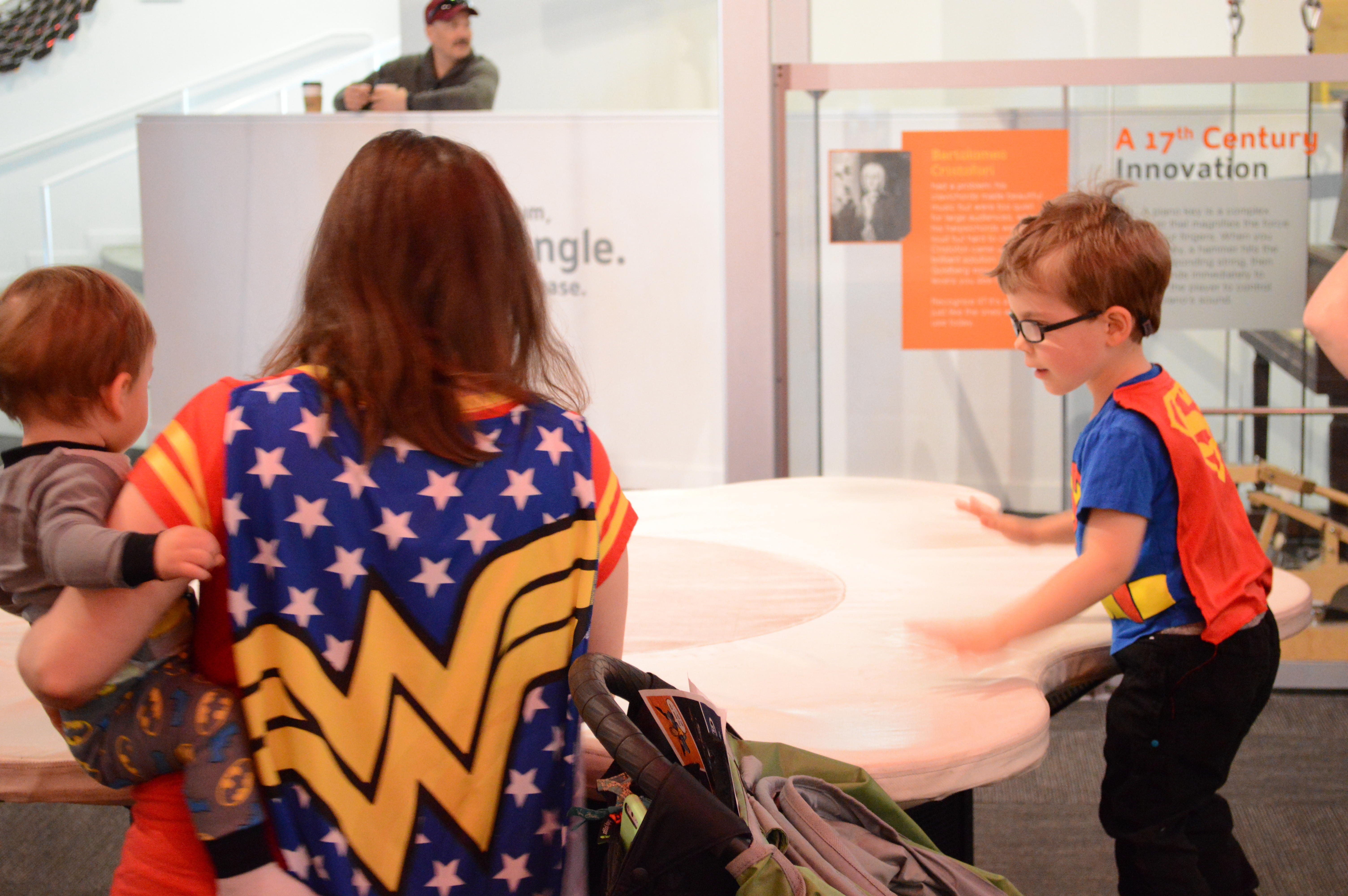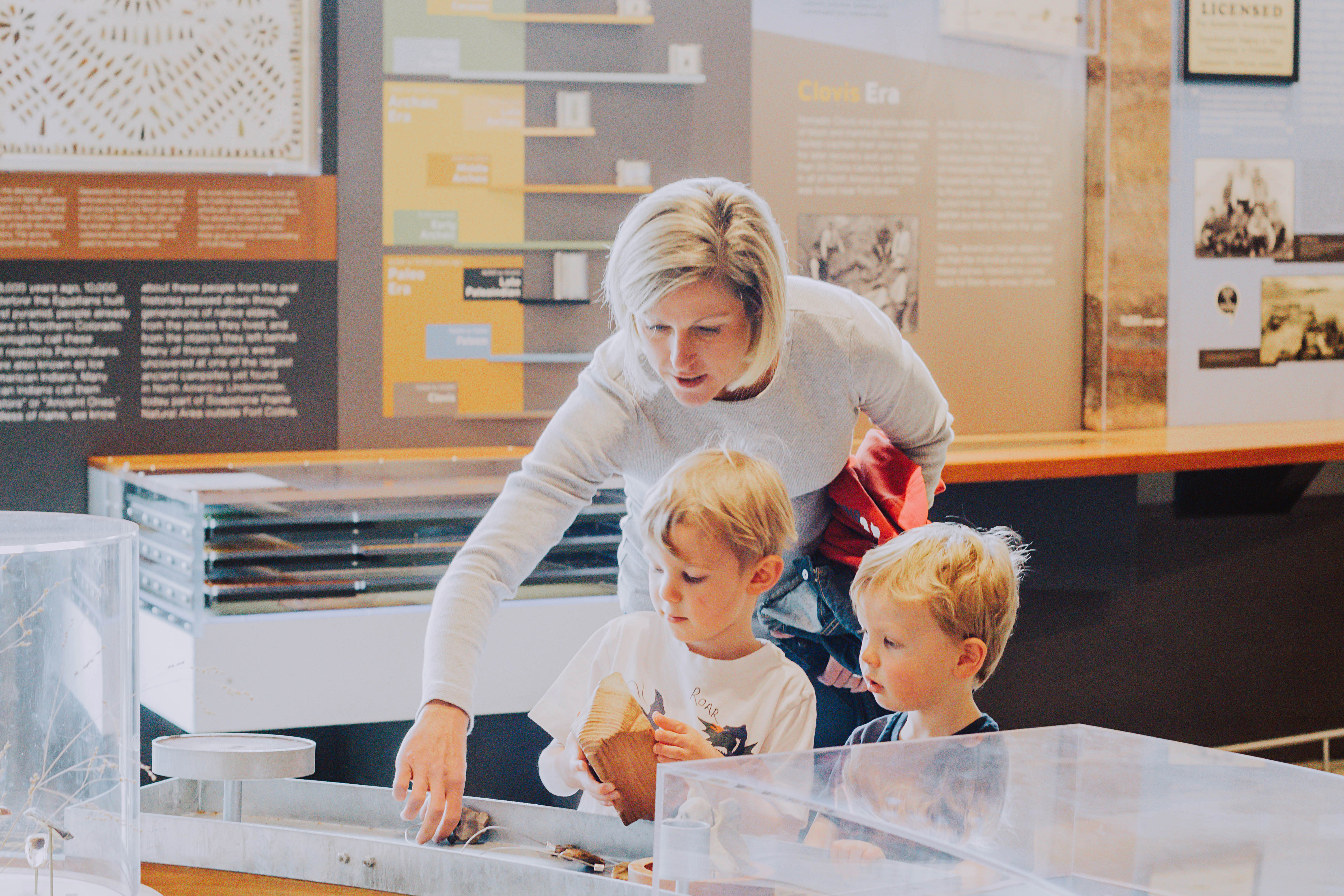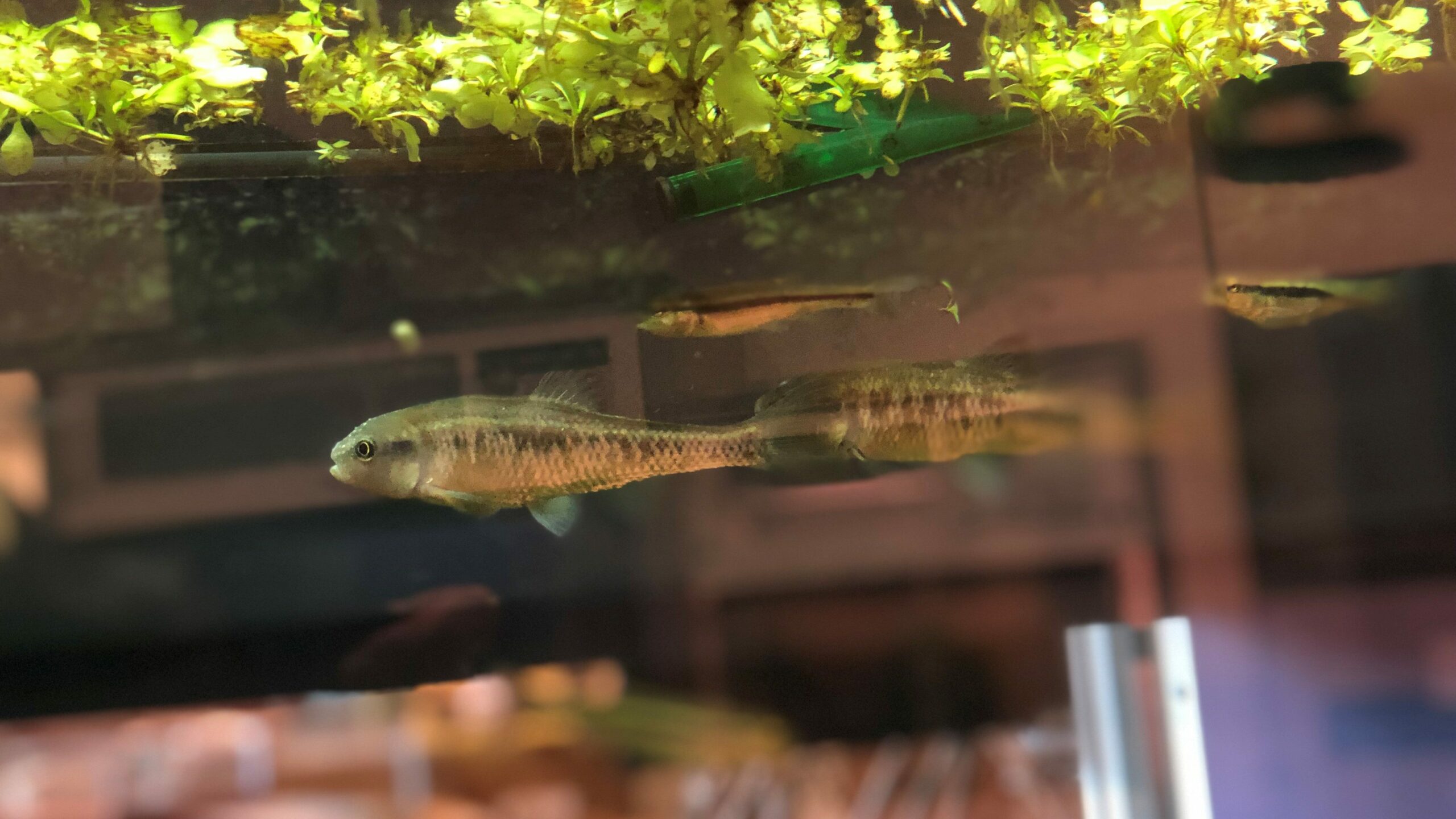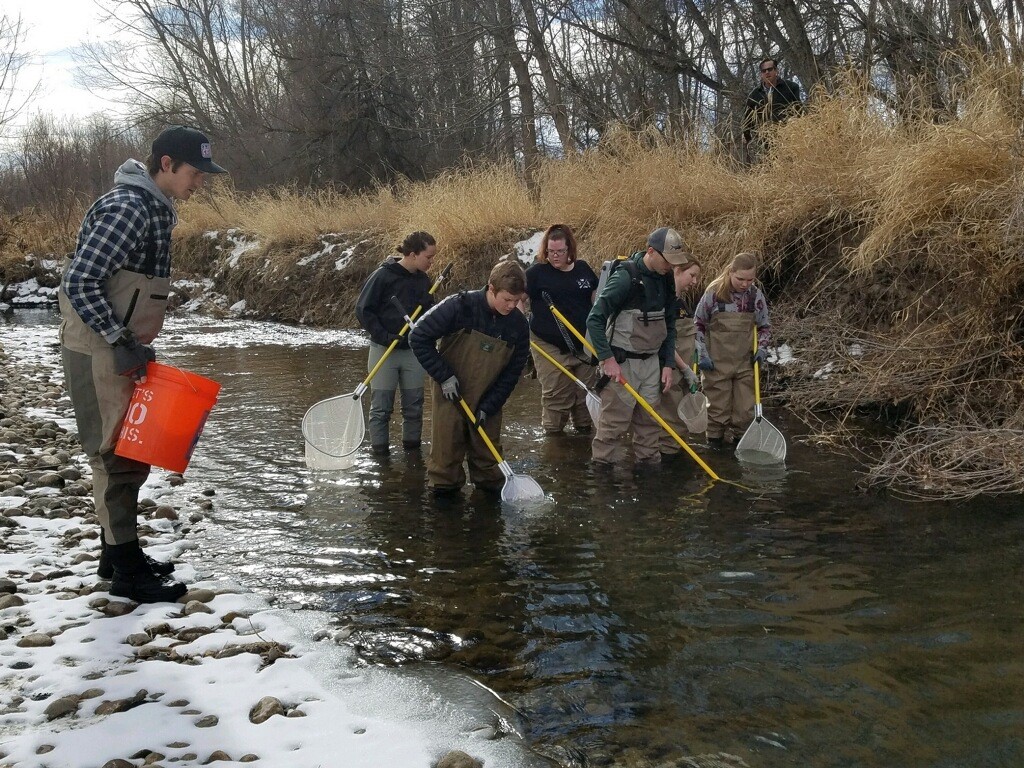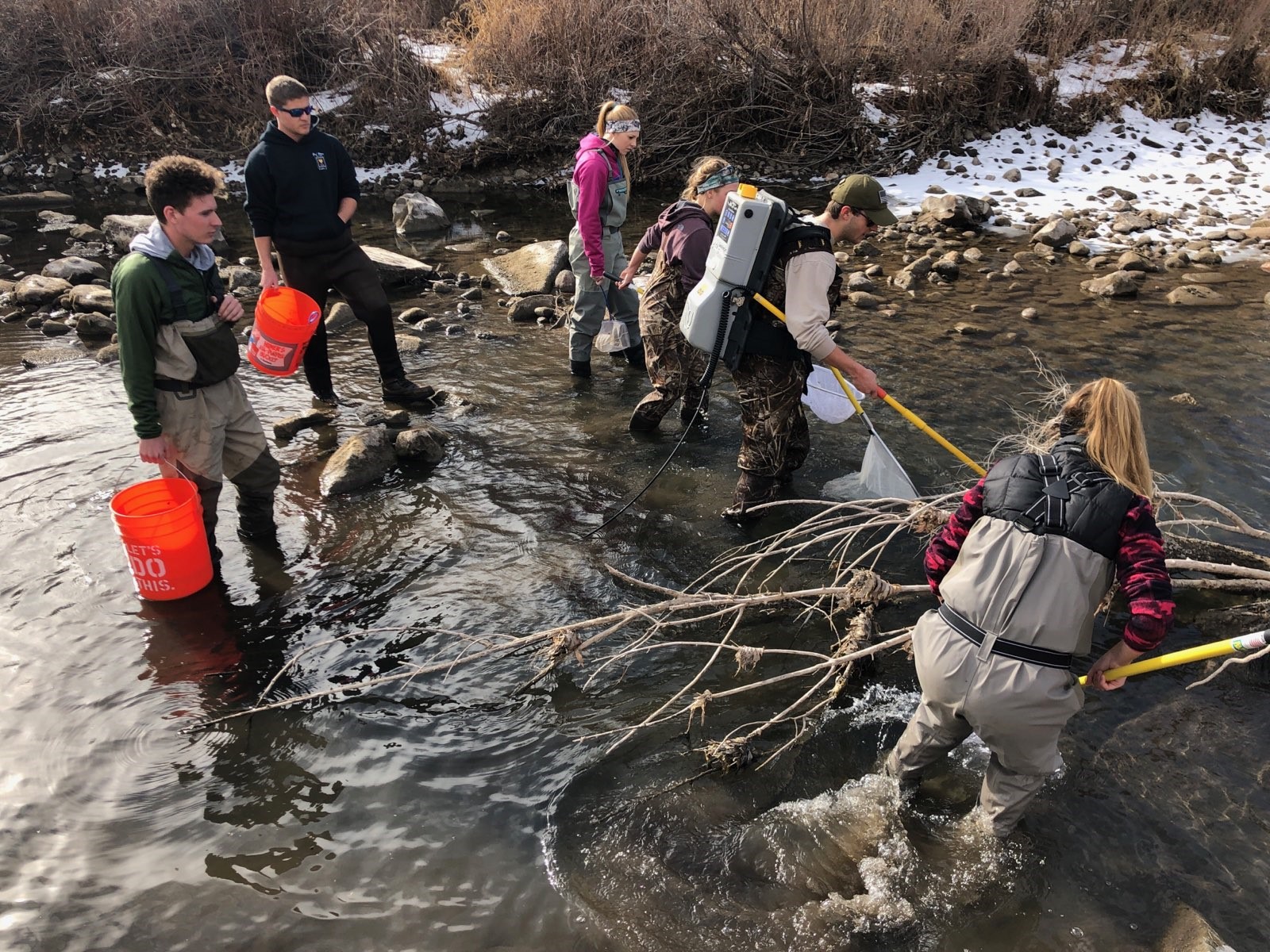Interview conducted by Alex Ballou, Marketing Assistant.
Happy World Animal Day!
Fort Collins Museum of Discovery interviewed FCMoD Live Animal Husbandry Coordinator, Alexa Leinweaver in celebration of World Animal Day! The following interview has been edited for length and clarity.
- Hi Alexa! First, tell us a little bit about your role as the Live Animal Husbandry Coordinator here at FCMoD.
Here at FCMoD, my job is to take care of all animals in the Animal Encounters exhibit and make sure they are happy and healthy, as well as coordinate the team that is responsible for their care.
- What inspired you to begin working with animals?
I can’t remember a time that I was not fascinated with caring for animals. As a kid I would go back to the field behind my house and catch grasshoppers, and be thrilled when they peed on me! When I look back at my childhood education I would find a new animal to be fascinated with, and keep adding more and more animals until I cared about all of them. My aunt bought me a subscription to ZooBooks and that only enhanced/expanded my love for animals.
A few years ago when I was moving to Colorado, I was looking for something that would get me away from the stress of my previous job. So I found a place to volunteer taking care of animals and it was a good way to stay centered and present — because you have to be if you are working with an animal. So that evolved into working with FCMoD.
- Tell us a little bit about the Animal Encounter exhibit, what kinds of animals do you encounter in this exhibit?
We have quite the variety of animals. We have everything from reptiles to amphibians to mammals to arthropods in the exhibit. We have a large variety of animals in the encounter exhibit. However, fun fact, the animals available are all able to be pets. We are not a zoo, so we do not have endangered or large animals in the animals encounter exhibit. That said, we do have some exciting and exotic animals.
Our most familiar are the rats. We have 5, and they all look different. We also have fish, insects, turtles, snakes, frogs, geckos, scorpions, etc. All of our fish are local. And my favorite is the whip scorpion because it shoots vinegar out of its butt! It’s the same as white vinegar as in your house and there is no stinger, but his aim is good so, if he feels there is a predator messing with him he aims for their eye.
Our goal is to keep all animals as comfortable as possible when cleaning. The most risky to work with animals include the whip scorpion, regular scorpion, and the assassin bugs. For all of these we keep them calm and have protective gear that we wear.
- Mammals, reptiles, and amphibians – oh my! How do you think the Animal Encounters exhibit fits into FCMoD’s vision, which is to inspire inquisitive thinkers and encourage responsible stewardship of the future?
I think any exhibit where you get to see animals that you do not usually see in everyday life is awesome. This exhibit at the museum is a great way to get all our visitors thinking about the world that they live in. Certainly now, I go out and see so much more because I know the animals to look for around in the mountains, city, etc. This sort of perspective creates a bigger world to live in. It allows for imagination and inspires us to care about the environment and for the animals.
“It allows for imagination and inspires those to care about the environment and for the animals.”
- Are there any programs associated with the Animal Encounters exhibit?
There are various programs associated with the Animal Encounters exhibit, including Meet the Animals, as well as school programs and summer camps. When school groups come in they can have a special time where we bring out the animals and let the kids get a closer look and sometimes pet the animals. Then we have our animal-themed summer camps, such as Animal Adventures. This camp includes a trip to the Lee Martinez farm and presentations of our animals in the Animal Encounters exhibit. Meet the Animals is a free gallery program offered every third Sunday of the month from 10 am to 1 pm. This program again, allows families and museum guests to get a closer look at the animals. Lastly, our animal-themed birthday parties are also quite the hit! Sometimes we even allow the birthday kid to handle the animal (depending on the child and the animal).
- What is your favorite part about working with animals at the museum?
My favorite part about my job is that it is my job to spend time with the animals – handling them, socializing them, and making sure they are well. I also get to snuggle with the rats. I get paid to hang out with the rats!
- What does a typical day at the museum looks like for you?
My team and I arrive a few hours before the museum opens. There are typically about 3-4 people working in the animal zone. We clean, feed, and observe the health of the animals, and then clean up to get ready for our visitors for the day.
- How do you think museums, like FCMoD, can continue to communicate, educate, and inspire positive action for animal care and conservation?
The first step is having the animals there to let people learn about them and be connected to the wild world. Also having school programs where kids come in and become the experts, to tell their friends and family about something like meeting a tarantula. Getting kids and adults interested in the world around them is the beginning. This creates awareness and increases interest. The second step is to get people angry. If you see and connect with an animal and you know their home is in danger — for example, once they are angry that frogs’ habitat in the Amazon is burning down — then they will have the motivation to do something about it. If you do not care you will not be willing to take the next step to protect the animals.
- Ok, random question, but if you could be any animal, what would it be and why?
I would want to be some kind of bird, maybe a Corvid. Specifically, a crow or magpie. Other than having the ability to fly, these birds are very smart and clever. It would allow me to have my wits about me while also having fun. These birds can solve puzzles that I could never solve. For example, a crow can understand how a street light works by dropping a nut that needs to be opened during the red light. And once it’s green the cars run over and open the nut. They go back down during the next red light to get the food they need. Isn’t that amazing?
“I can’t remember a time that I was not fascinated with caring for animals.”
- If you could have a conversation with every visitor in the Animals Encounters exhibit, what is the one thing you’d definitely want to know from them before leaving?
I would want to know what animal they connected with the most. It is so personal – which one and why. I want to know what people connect with and if there is any way to provide more information to create a greater proactive response to the animals. That way I can enhance the experience or help to inspire them in the future.
Thank you to Alexa for her time and talents at FCMoD! We hope the next time you visit you enjoy the Animal Encounters exhibit!
Continue Reading
